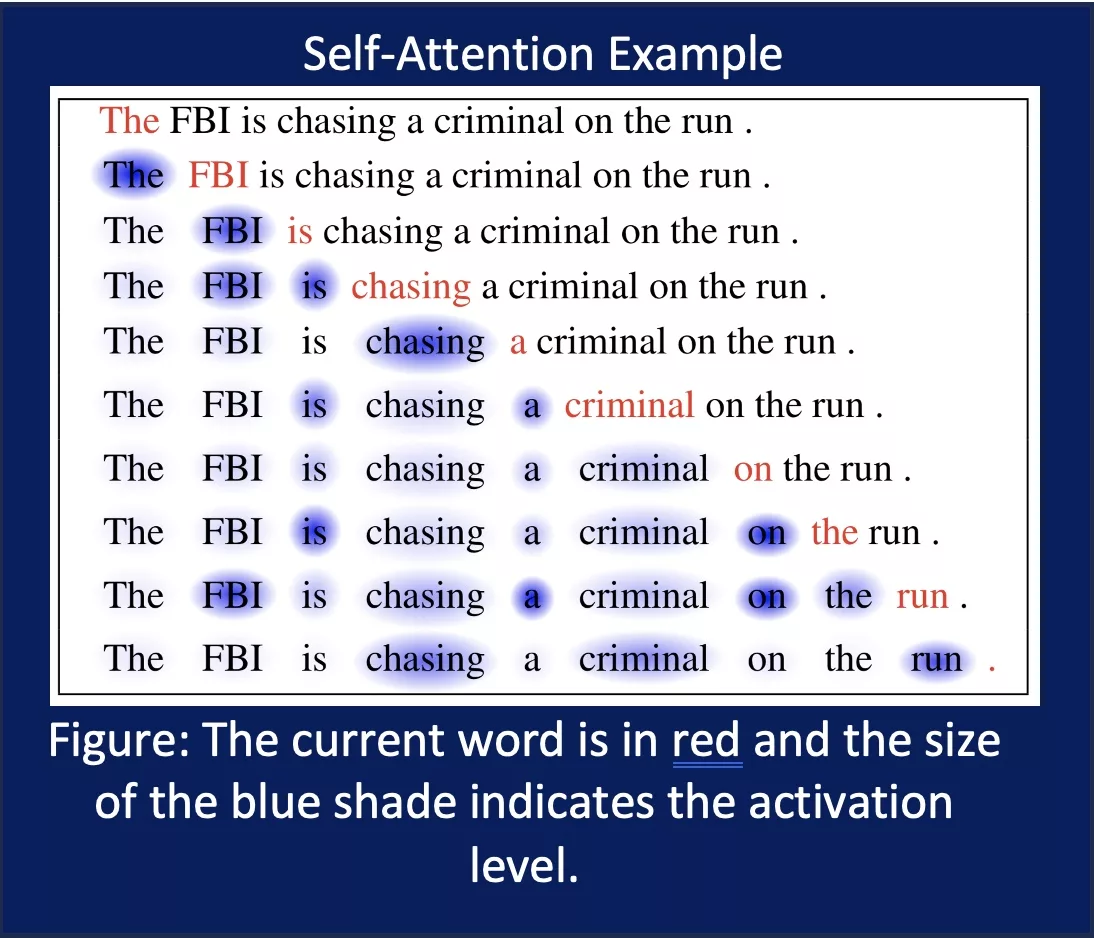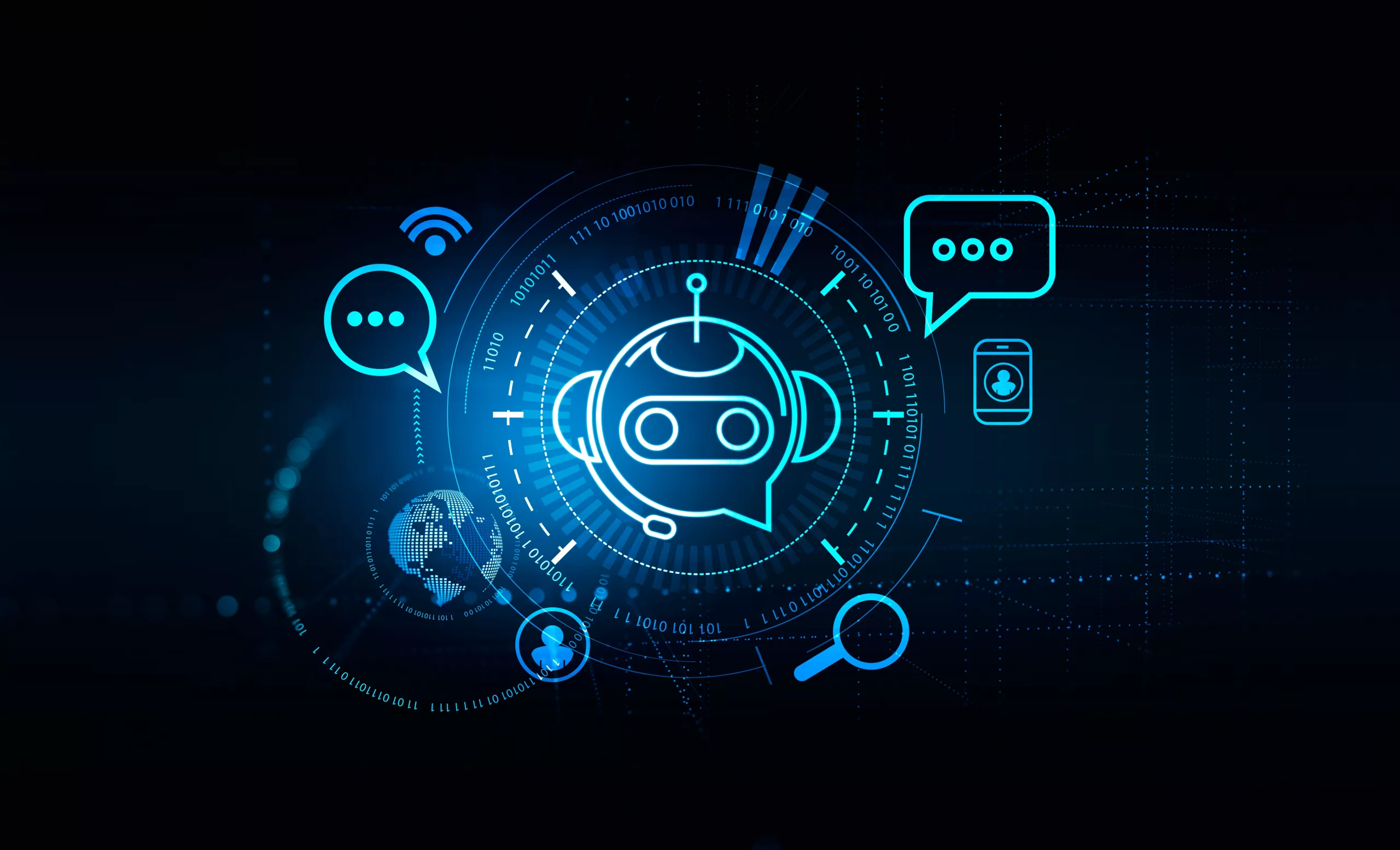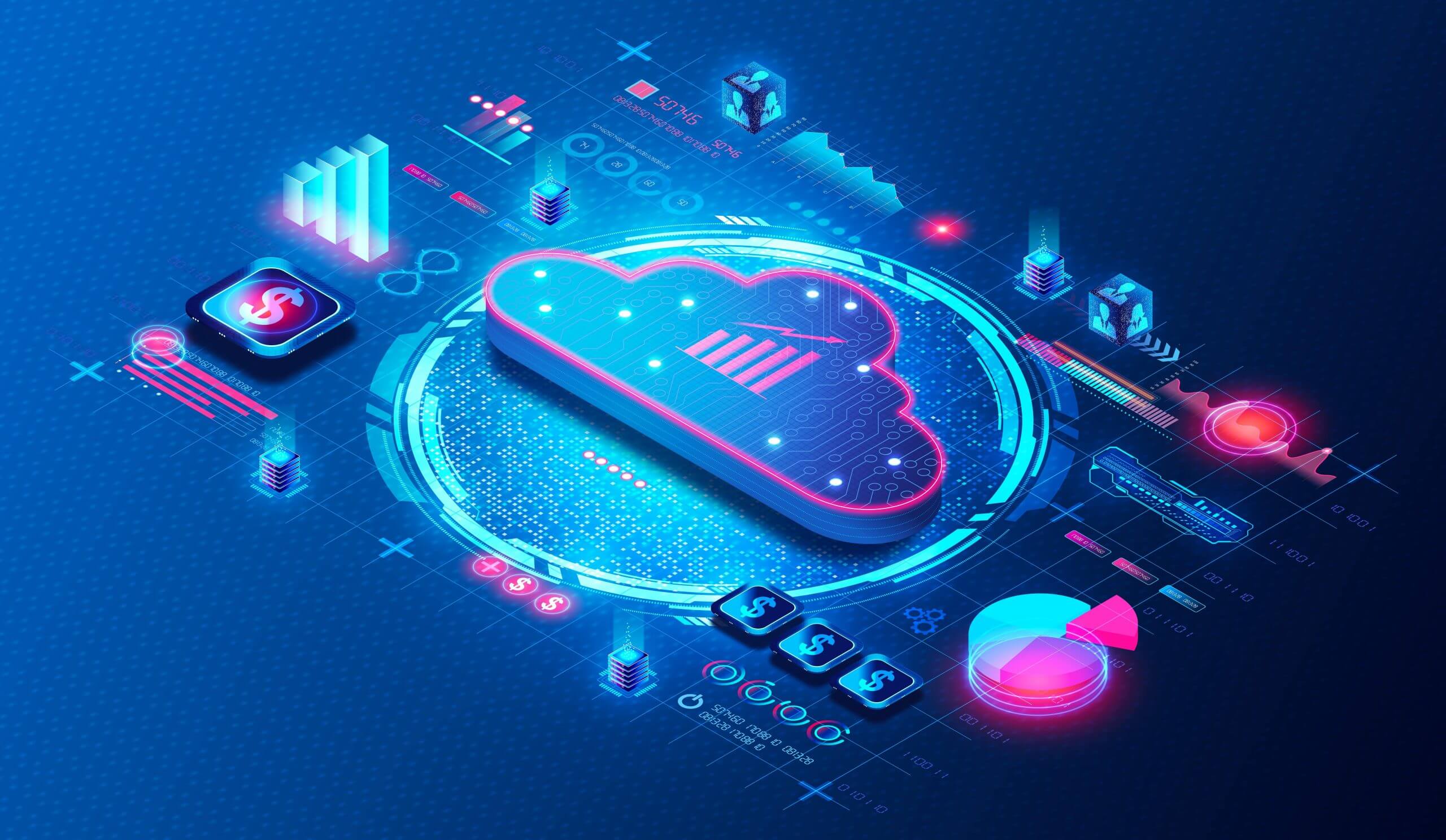
Everything you need to know about ChatGPT and how ChatGPT is changing intelligent automation and RPA.
What is ChatGPT?
You can’t talk about ChatGPT without talking about GPT, or Generative Pre-Trained Transformers, which is a type of Large Language Model (LLM). GPT refers to a family of machine learning models developed by OpenAI. GPT models, like GPT-4, are based on the transformer architecture, which is a deep learning model primarily used for natural language processing (NLP) tasks.
GPT models are “generative” because they are designed to create human-like responses by predicting the most likely next word or sequence of words in a sentence without losing context. GPT models are pre-trained on large amounts of publicly available text from the internet, allowing them to learn the statistical patterns, grammar, and contextual relationships between words. This pre-training helps the models to acquire a broad understanding of language and context.

GPT models (and Large Language Models) use a Transformer architecture, which is a method in artificial intelligence that teaches computers to process data like the human brain (also known as “neural networks”). Transformer models excel at handling sequential data, such as text, and employ self-attention mechanisms to capture relationships between words and encode them into contextualized representations.
Once pre-training is complete, GPT models can be fine-tuned on specific tasks, such as text completion, translation, summarization, or question-answering, by providing them with task-specific training data. The models use a technique called “unsupervised learning” during pre-training and then transition to “supervised learning” during fine-tuning.
GPT models have achieved significant advancements in various Natural Language Processing (NLP) tasks, demonstrating their ability to generate coherent and contextually relevant text. They can be used for a wide range of applications, including chatbots, content generation, language translation, virtual assistants, and more.
Overall, GPT models are highly flexible and powerful language models that have gained significant attention due to their ability to understand and generate human-like text in a wide range of contexts.
So, what is ChatGPT?
ChatGPT is a chatbot powered by an Artificial Intelligence (AI) model that was developed by OpenAI. The ChatGPT chatbot is accessible from a website, where you can engage and converse (via typing) with an AI model and get instant responses to your questions. Where Google search will give you results to questions by connecting you with relevant websites, ChatGPT will give you the answers to your questions. ChatGPT will also allow you to follow-up on your questions with additional questions, keeping your entire history of questions and responses relevant to the subsequent questions.
ChatGPT launched in December 2022, with GPT-3.5, which was trained on 175 billion parameters, whereas ChatGPT-4 is estimated to be trained on 1 trillion parameters.
OpenAI is an American company, founded in 2015, as a non-profit, open-source company, by a large group of Artificial Intelligence scientists and investors. OpenAI has transitioned from a not-for-profit company to a for-profit company and has a partnership with Microsoft, as its primary investor, investing over $1 billion with an additional $10 billion committed to OpenAI for further research and development.
How should questions be asked to ChatGPT?
- Keep it simple. Ask straightforward questions.
- Be specific. Include specific details with your questions.
- Use keywords. Use specific keywords in your questions to help refine the results.
- Refine questions and regenerate. ChatGPT allows you to regenerate responses if you want ChatGPT to write another response. Alternatively, if ChatGPT is not returning the desired response, try asking the question with an alternative approach.
What can ChatGPT be used for?
- Brainstorming and ideation.
- Get personalized recommendations.
- Understand complicated topics.
- Use as a writing assistant.
- Summarize research.
- Assistance with coding and debugging.
- Translate text from 95 different languages.
- Create multiple choice questions on a variety of topics and varying difficulties.
- Get assistance with travel plans, such as restaurants, cultural attractions, flights, and more.
- Analyze sentiment and tone for positive, negative, or neutral.
- Find data sets for research, business intelligence, training machine learning models, and more.
- Train ChatGPT on your own data.
- Interview preparation and job preparation.
- Write songs, poems, and stories.
How can ChatGPT be used in RPA/Automation?
ChatGPT can be used in Robotic Process Automation (RPA) in several ways to enhance automation capabilities and improve the interaction between bots and users. Here are a few examples:
- Improved solution design. ChatGPT can be used to help explore and consider alternative technologies. Recently, we worked with a client that was capturing personal information in an Excel form. We are experienced enough to identify this is not a secure or compliant process to automate as-is, so we suggested and agreed with the client to build a web-based form. We have seen too often that RPA firms will just automate the as-is process without consideration for best practices, security, or compliance, so process owners, subject matter experts, and RPA CoEs can consider ChatGPT for improving their solution design capabilities.
- ChatGPT can help write Excel Marcos, Excel Formulas, Regular Expressions (RegEx), SQL Queries, Python, JavaScript, C++, C#, HTML/CSS, R, Ruby, Java, and more. You can also use ChatGPT to summarize the code into human language to help with business process owner reviews to ensure the coding is meeting the requirements of the business case.
- Intelligent Chatbots. ChatGPT can be integrated into chatbot frameworks used within RPA systems. These chatbots can understand natural language inputs from users and provide context-aware responses, allowing for more intuitive and conversational interactions.
- Data Extraction and Validation. ChatGPT can assist in extracting and validating data from unstructured sources such as emails, documents, or web pages. By training the model on specific data extraction tasks, it can automate the process of understanding and extracting relevant information accurately.
- Process Documentation and Training. ChatGPT can be used to generate process documentation or training materials by converting technical information into easily understandable language. This can be beneficial for onboarding new employees or documenting complex workflows in a more user-friendly manner.
- Exception Handling and Error Resolution. In complex RPA workflows, exceptions and errors can and will occur. ChatGPT can help identify the nature of the issue and suggest appropriate actions for error resolution. It can also provide real-time troubleshooting assistance, reducing the need for human intervention.
- Workflow Optimization and Decision Making. ChatGPT can analyze large sets of data and provide insights for optimizing RPA workflows. By processing and interpreting data from various sources, it can make intelligent recommendations for process improvements, resource allocation, or decision making.
- User Support and Self-Service. ChatGPT can handle user queries, provide assistance, and offer self-service options within RPA systems. It can guide users through various tasks, answer common questions, and help troubleshoot issues, reducing the need for manual intervention and improving user experience.
It’s important to note that while ChatGPT can enhance RPA capabilities, it’s crucial to consider its limitations and ensure appropriate safeguards are in place to handle scenarios where the model may provide incorrect or misleading information. We find that ChatGPT is very good on common knowledge, but abstract thinking is still rudimentary in some areas. ChatGPT is still evolving and growing, so many of these limitations will continue to be resolved.
References:
- Open AI: OpenAI is an AI research and deployment company
- The Best Examples Of What You Can Do With ChatGPT
- Image Source: Cheng et al., 2016. https://arxiv.org/pdf/1601.06733.pdf







